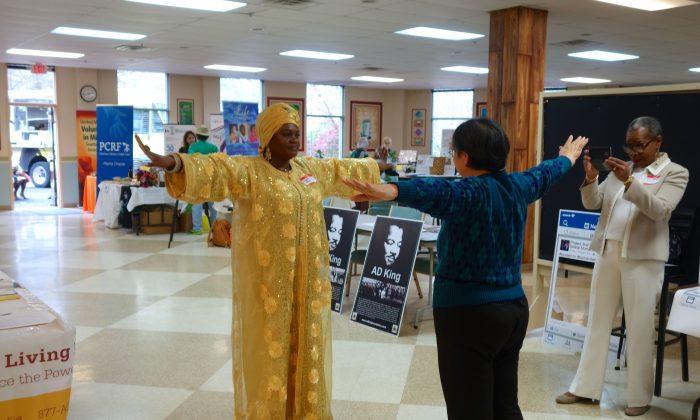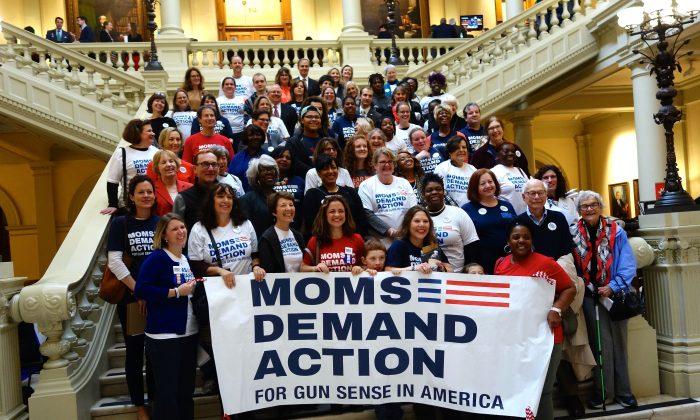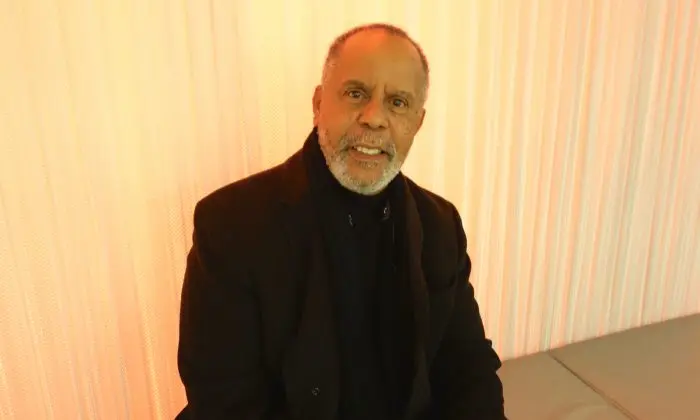When Sweet Briar College announced it would close, other women’s colleges rallied like the sisters they are.
My alma mater, Hollins University, invited Sweet Briar students to transfer. My alumnae association board issued a formal statement that Sweet Briar alumnae are welcome at Hollins. It read in part, “The Hollins Alumnae Association Board of Directors proclaims our utmost sympathy, support, love, and admiration for the alumnae and students of Sweet Briar College, and will continue to provide help in the future.”
That is the tone I remember from my time at Hollins. The sisterhood is real.
Behold the beautiful facts: A women’s college graduate is nearly twice as likely to complete a graduate degree as a public college graduate. The difference is 51 percent compared to 27 percent, according to Women’s College Coalition (WCC). A big majority, 81 percent, said “their college was extremely or very effective in helping prepare them for their first job.”
Hollins President Nancy Gray said, “It is a transformative experience. Women find their voices. They develop an inner confidence that lasts for the rest of their lives.”
At a women’s college, in the biology lab, they are not just writing up the reports. They are doing the hands on research and fixing the equipment when it breaks, according to Gray. In the theater, not only do “we pick great roles for women, but women are doing the lighting, the set design.”
Gray said she has been “in education for many years, and never seen the kind of growth I’ve seen on a women’s college campus.”
There is no pressure to look hot in class, no fear of walking across the quad late at night, no one here but us girls to run for student government, to play on the lacrosse team, to stand up in front of everybody and make a speech. No one was around but us women to edit the campus magazine, to take care of the horses, to speak our minds.
No fraternities. No sororities—Hollins was one big inclusive sorority, with a sprinkling of honorary organizations like the mysterious Freya (they walked in hoods with candles, some kind of noble ritual) and Grapheon, for writers. I knew what that one did because I was in it.
None of those organizations was filmed leading racist chants or accused of hazing or assaulting anyone. We read our poetry out loud in the Green Drawing Room and we danced with each other.
Gentlemen were welcome, I promise, and we also traveled to other campuses for dates and parties. We had male men-type human beings in the graduate programs. We liked them.
But the heart of the women’s college experience was us, being ourselves, learning and trying new things. We were at the center.
“I became a leader in college. I’m not sure if that would have been so automatic in a co-ed setting,” said Gwen Ifil, managing editor of PBS, according to WCC. She went to Simmons in Massachusetts.
Smith College President Kathleen McCartney wrote an editorial in which she said, “Studies show that graduates of women’s colleges punch above their weight in Congress, corporate leadership, and governing boards.”
This month I ducked the annual call from some (adorable, she sent me a note with her picture) Hollins student asking me to donate. But I have got my envelope now, and yes, I will support my alma mater. I am grateful for the experience, and want it to last for others. Hollins is financially sound, debt free, and with a record endowment, the president assured me. I am glad.






Friends Read Free